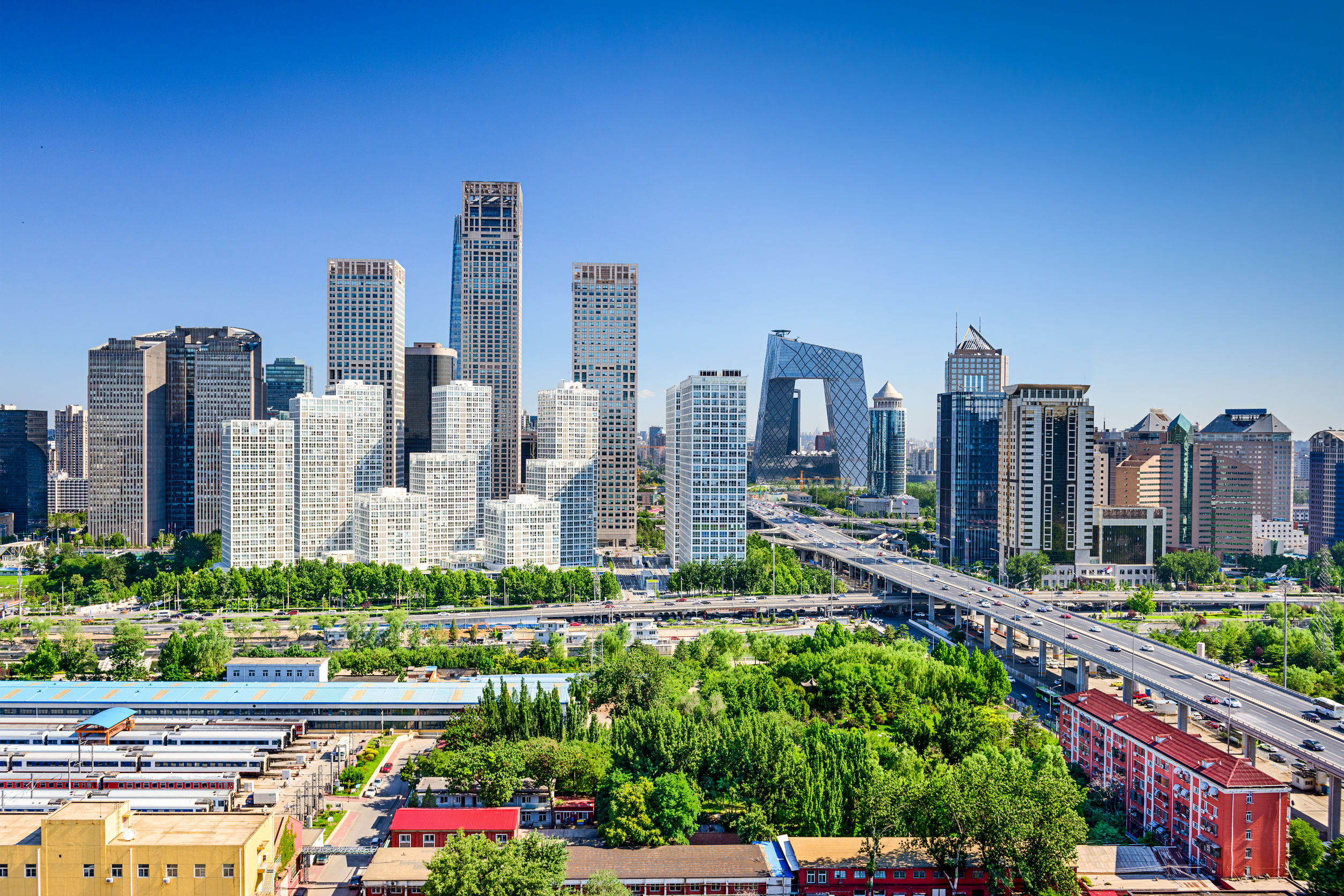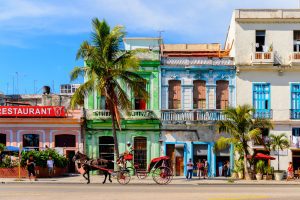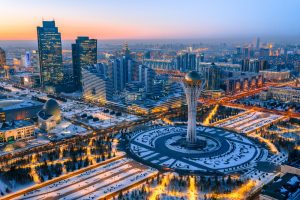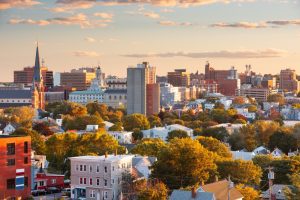China has some of the largest cities in Asia and the world. With millions of residents, these cities are now known as leaders in fast-growing economies.
However, each of these large cities in China has its own appeal and cultural interpretations vary from one place to another.
They are also known for rapid growth. For example, Shanghai gained over 6 million people in 10 years. This trend is likely to continue for all of the following metropolitan areas.
Table of Contents
The Biggest Cities In China
| Number | City | Population |
|---|---|---|
| 1 | Shanghai | 26,917,322 |
| 2 | Beijing | 20,381,745 |
| 3 | Chongqing | 15,773,658 |
| 4 | Tianjin | 13,552,359 |
| 5 | Guangzhou | 13,238,590 |
| 6 | Shenzen | 12,313,714 |
| 7 | Chengdu | 9,104,865 |
| 8 | Nanjing | 9,314,685 |
| 9 | Wuhan | 8,346,205 |
| 10 | Xi’an | 7,948,032 |
1. Shanghai: 26,917,322
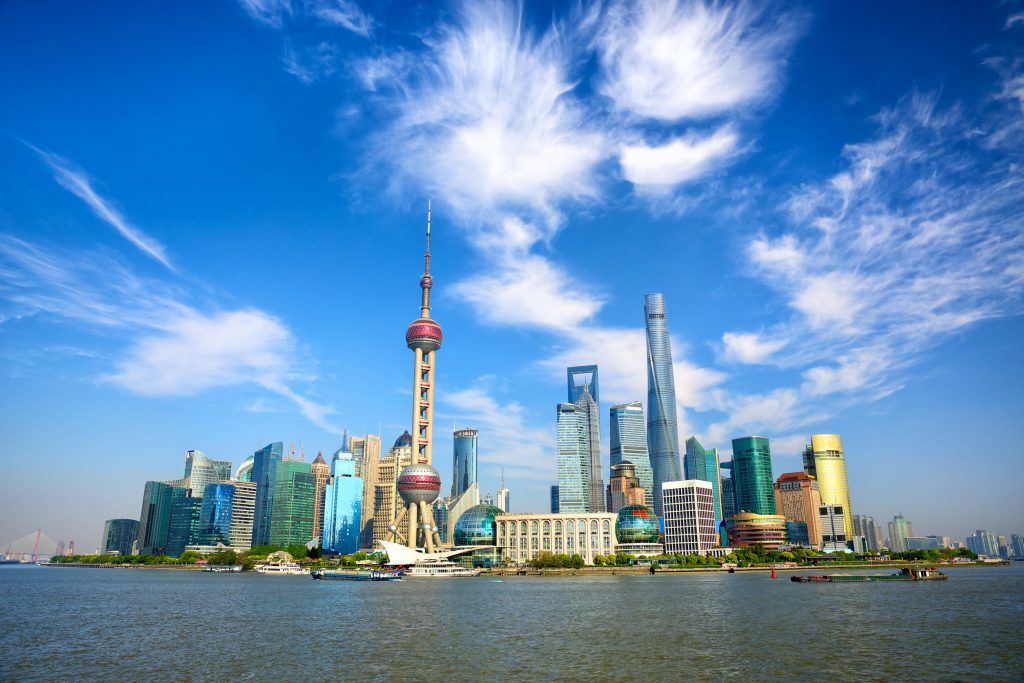
The city of Shanghai is known for its world influence in manufacturing and retail as it’s the largest port in China. It offers some of the best maritime, road, and air links in the world.
The city has a strong influence on the world economy as it also hosts one of the top 5 stock exchange markets in the world.
Today, Shanghai is almost impossible to keep up with both in terms of architecture and terms of urban architecture. Its skyline is perhaps the most known in China and a signal of the city’s strength.
But its rapid growth also comes with one of the highest living costs in China. The average $1.000 monthly wage in China seems insufficient for many of its residents.
Most of the monthly salary goes on rent in Shanghai. Public transport costs are also important as the city isn’t known for the high number of car owners as other metropolitan areas in China.
2. Beijing: 20,381,745
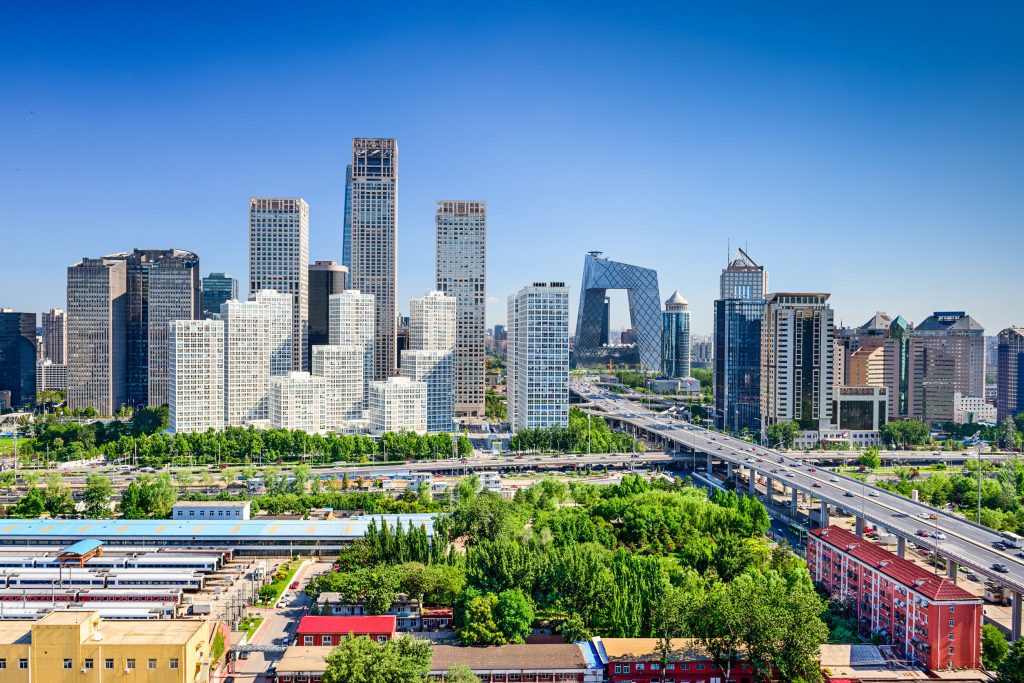
The capital of China Beijing is home to more than 20 million people. It’s one of the main cities in China in terms of transport and it hosts 2 of the world’s biggest airports.
The city combines old architecture from the Imperial era with new architecture driven by its rapid economic growth.
The city is considered the billionaire capital of the world. There are more Fortune 500 companies in Beijing than anywhere else in the world, making it a top destination for startup investments.
3. Chongqing: 15,773,658
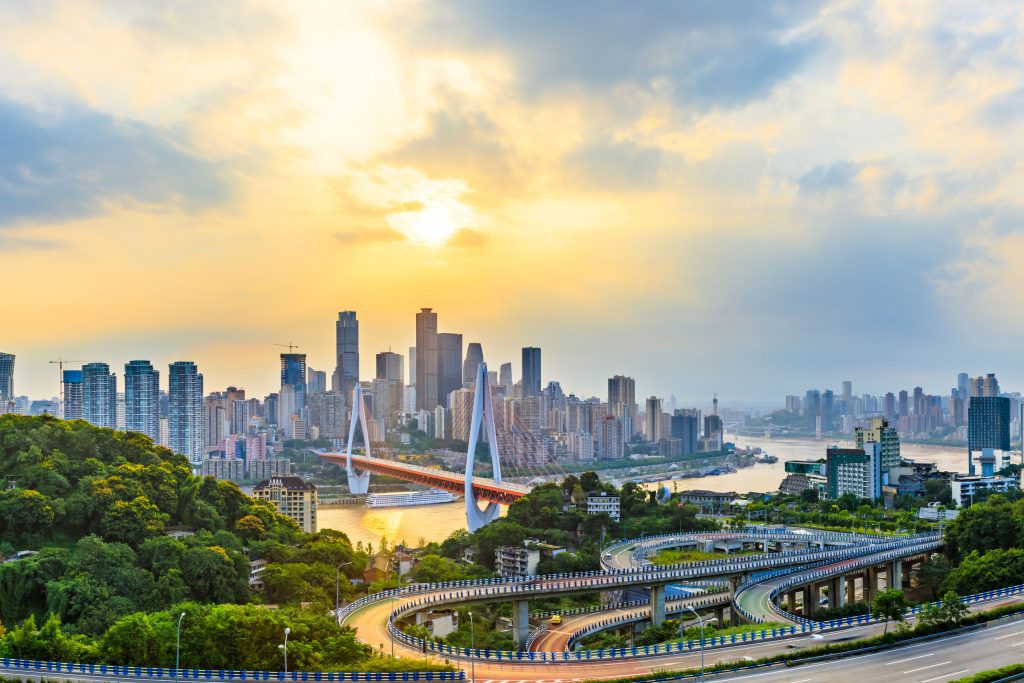
The city of Chongqing was once the capital of the country during military conflicts. But today, it’s China’s most important metropolitan area for the automotive industry with its multiple factories in this space.
It’s also home to the world’s largest monorail system which works efficiently transporting locals from all areas of the city to the city center.
It also holds the largest inland oil reserve in the country so it’s likely its influence in the transport economy of the world is going to grow further.
4. Tianjin: 13,552,359
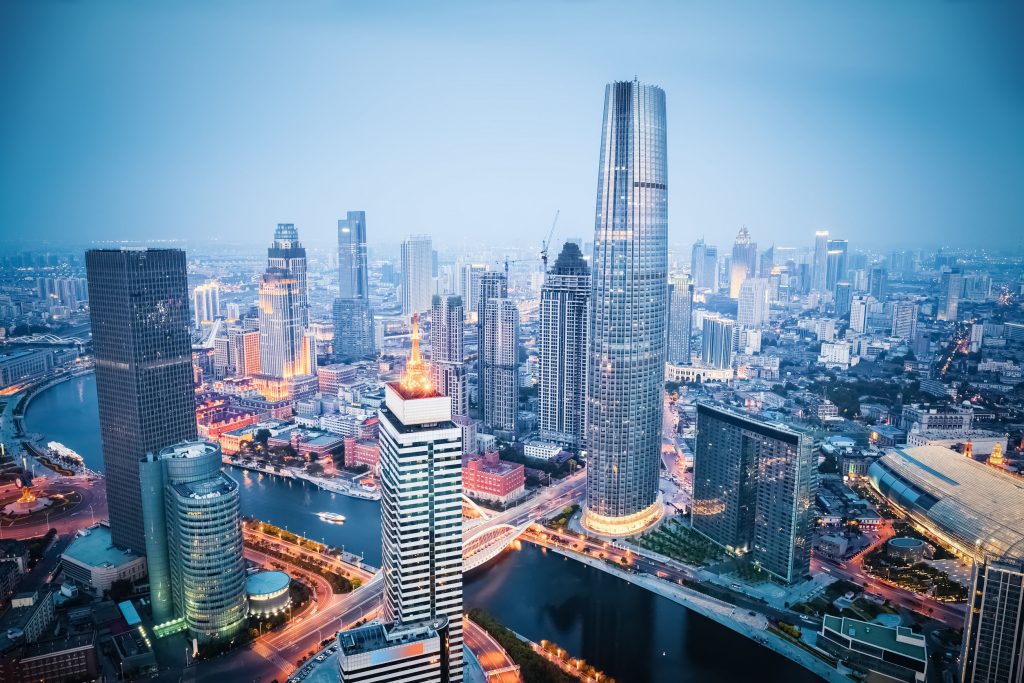
Tianjin is found in China’s far East. The city was first established around the year 1400 which makes it a newer municipality by Chinese standards.
It has seen new growth over the past few years but agricultural farmland still makes up nearly half of its size. Areas of economic growth are controlled by the state here in the manufacturing line as well as in the trading industry.
5. Guangzhou: 13,238,590
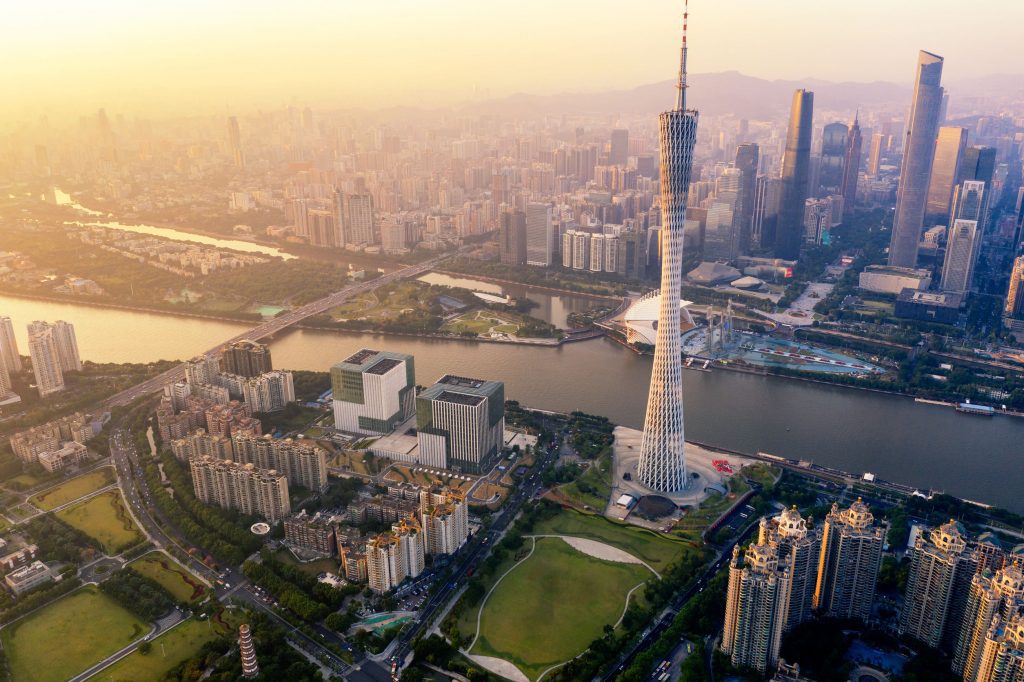
The city of Guangzhou is home to China’s 5th largest university which attracts thousands of students that helps it grow further every year. Not long ago, its port was under British siege in the Opium War.
But today, the city is far from its troublesome past with multiple modern buildings and a high-rise skyline.
While it maintains some of its historic colonial buildings, the city’s architecture is largely changed by modern buildings such as its train station or modern airport.
6. Shenzen: 12,313,714
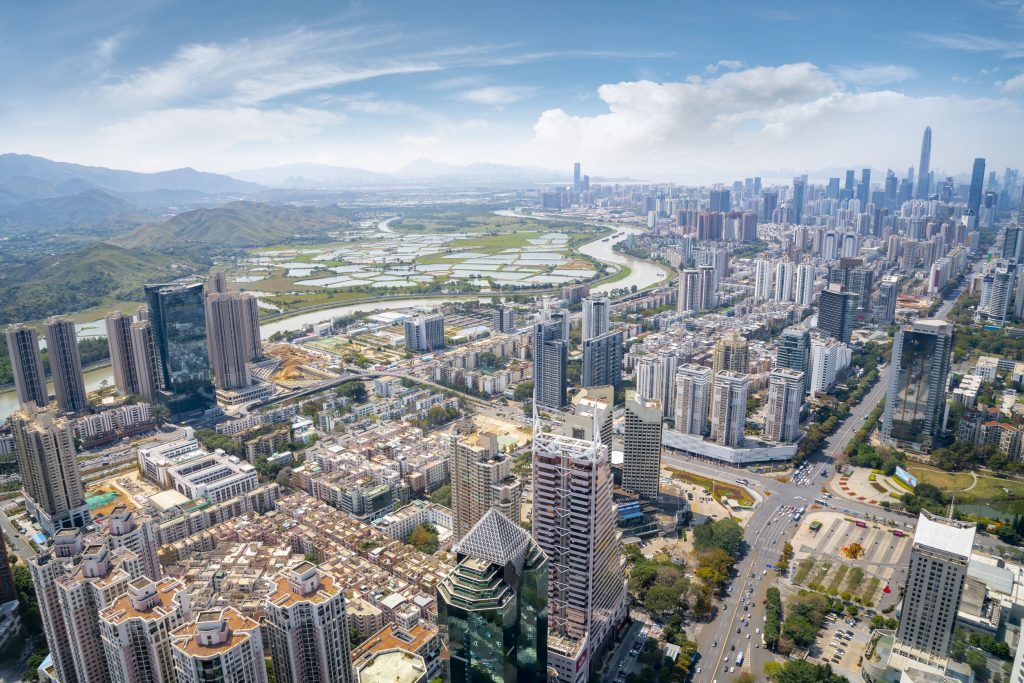
Shenzen is one of the main economic hubs of China. It hosts a large population with an ever-growing economy.
Shenzen Metro and Shenzen International Airport are important economic hubs of the city with a growing tourism industry.
But Shenzen has also been seen as one of the top 50 cities in the world for science innovation. Its diversity is still reduced with only about 20.000 Koreans making up its largest minority.
But the city has close ties to neighboring Hong Kong and people tend to travel frequently between these 2 cities.
7. Chengdu: 9,104,865
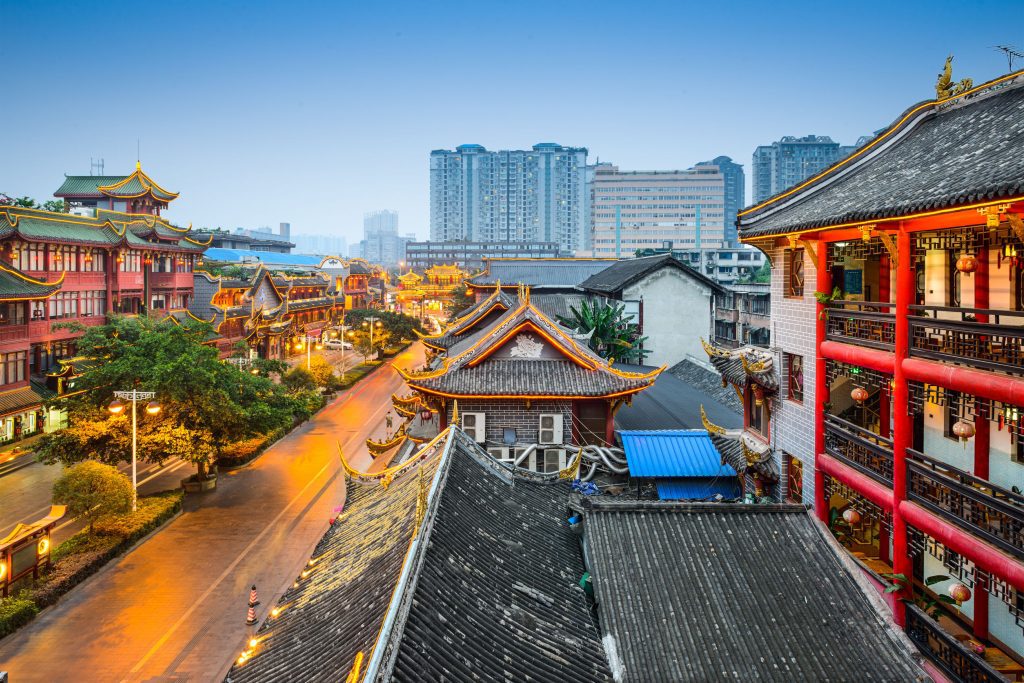
Chengdu is known to the world for many things. This ancient city has been known for its largest building by usable floor area as it was recognized internationally for its size. It also leads to innovation in the IT and automotive industries.
As far as culture goes, it has large Taoist temples that impress those who want a break from everyday life. It also has the largest outdoor panda habitat making progress in protecting this endangered species.
8. Nanjing: 9,314,685
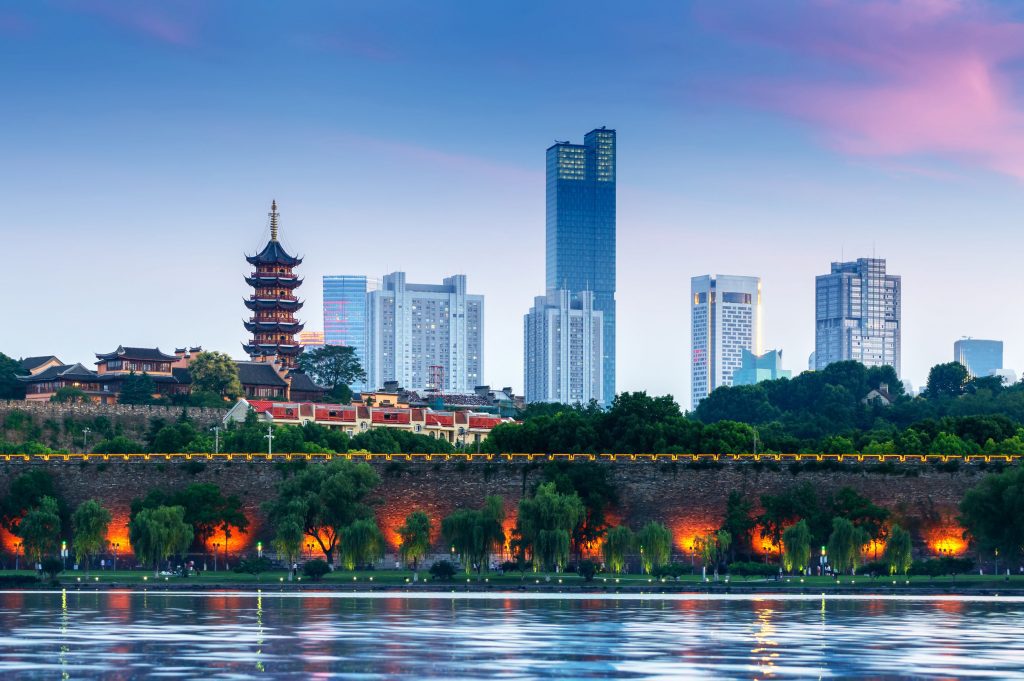
Nanjing is another historic city and one of the 4 Ancient Chinese Cities that shaped the country as the home of many dynasties even from the 3rd century.
Today, it employs most of its residents in the services industry. Financial and IT services are popular here.
The transport links to the city also seem as good if not better as anywhere else in the country. The new Nanjing Metro is expected to open in 2022 with a major impact on travel times and further economic growth prospects.
9. Wuhan: 8,346,205
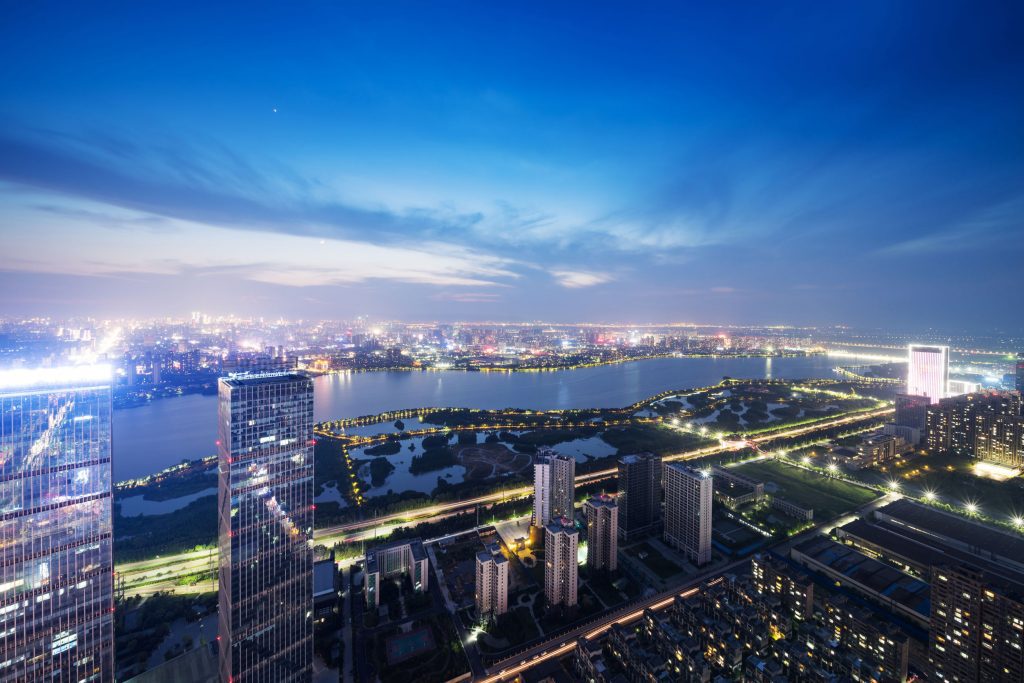
Wuhan is the main city in Central China according to influence.
It has a strong manufacturing background as well as one of the top transport systems in the country with numerous highways and more trains than many western cities of this size.
Wuhan is also a leader in politics in this part of China. But the city has also been linked to the first known case of Covid-19.
10. Xi’an: 7,948,032
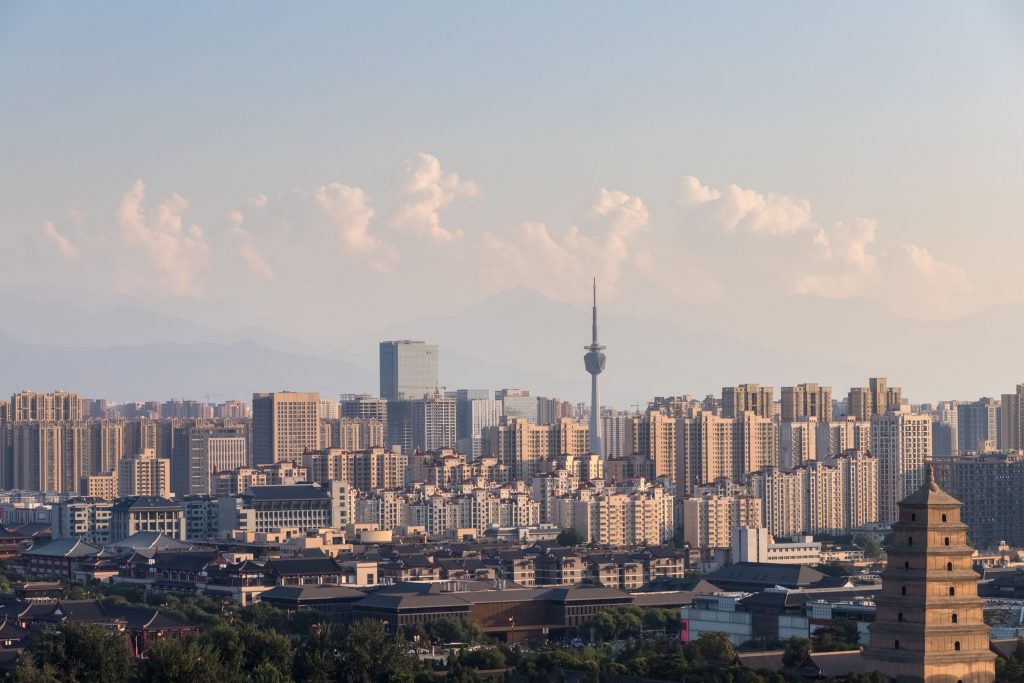
Xi’an or Sian is a historic city and one of the 4 Chinese Ancient Cities that were seen as capitals under various historic dynasties.
Located in inland China, the city has seen a re-birth over the past 5-6 decades as it emerged as a center for research.
While the manufacturing industry is strong, this 7.9m people city is known for its higher education success in the science world due to local institutions such as Xi’an Jiatong University and Northwestern Polytechnical University.

